The Best College Basketball Players Of All Time
College basketball has been graced by legendary players who not only dominated the game but also left indelible marks on its history. Michael Jordan's college career at North Carolina included a game-winning shot in the 1982 NCAA Championship and a Naismith College Player of the Year award. Kareem Abdul-Jabbar (formerly Lew Alcindor) was so dominant at UCLA that he led his team to three consecutive national championships and prompted the NCAA to ban dunking. Players like Larry Bird and Magic Johnson created iconic rivalries, with Bird propelling Indiana State to new heights and Johnson leading Michigan State to a national championship. Other legends, including Bill Walton, Wilt Chamberlain, and Shaquille O'Neal, each brought unique skills and achievements that redefined their positions and set records that would influence the game for generations.
Michael Jordan, during his time at North Carolina, averaged 17.7 points per game, hit a crucial game-winning shot as a freshman in the 1982 NCAA Championship, and won the Naismith College Player of the Year award, showcasing his early dominance.
Kareem Abdul-Jabbar, known as Lew Alcindor in college, led UCLA to three consecutive national championships from 1967 to 1969, with his dominance on the court leading to the NCAA banning dunking to level the playing field.
Larry Bird transformed Indiana State into a formidable basketball team, leading them to an undefeated regular season and the 1979 NCAA Championship game, while also initiating the famous Bird vs. Magic rivalry with his versatile play.
Magic Johnson, with his exceptional passing and leadership, guided Michigan State to a national championship in 1979, defeating Larry Bird's Indiana State team in one of the most-watched college games, which helped shape modern basketball.
Bill Walton's time at UCLA was marked by an 88-game winning streak, back-to-back national titles, and a near-perfect performance in the 1973 championship game, highlighting his role as an exemplary team player and dominant force.
Wilt Chamberlain's college career at Kansas was noted for his massive 29.9 points and 18.3 rebounds per game, with his athletic prowess prompting rule changes to contain his influence on the game.
Shaquille O'Neal at LSU was a dominant presence, averaging over 21 points, 13 rebounds, and nearly five blocks per game, earning two SEC Player of the Year awards and demonstrating a powerful blend of size and skill.
The Best College Basketball Players Of All Time
College basketball legends didn’t just play the game—they elevated it to another level. With insane stats, clutch performances, and championship runs, these stars made their mark long before turning pro. Sure, not every great made this list—and fans, coaches, and commentators will have opinions. But one thing’s for sure: these are some of the greatest ever to dominate the college hardwood.
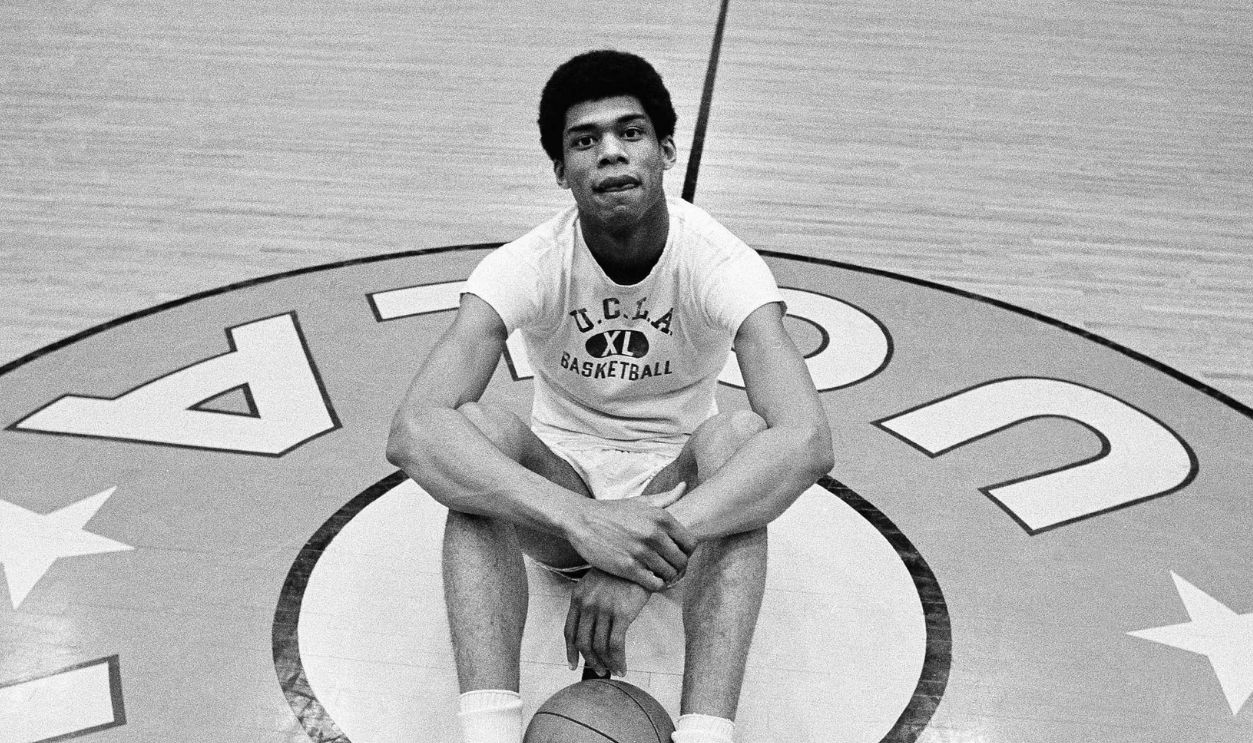
Michael Jordan, North Carolina (1981-1984)
Before becoming an NBA icon, Michael Jordan was a college superstar at North Carolina. He hit the game-winning shot in the 1982 NCAA Championship as a freshman. In three seasons with the Tar Heels, Jordan averaged 17.7 points per game and won the Naismith College Player of the Year award in 1984. He didn't just score—he soared, wowing crowds with his unreal athleticism and killer instinct. Jordan also helped UNC reach the Sweet Sixteen in all three seasons, consistently elevating his team on the biggest stages.
 Focus On Sport, Getty Images
Focus On Sport, Getty Images
Kareem Abdul-Jabbar AKA Lew Alcindor: UCLA, (1967-1969)
Kareem Abdul-Jabbar (then Lew Alcindor) led UCLA to three straight national championships from 1967 to 1969—an unstoppable force on the court. He was so dominant that the NCAA banned dunking because of him! Imagine being so good that they had to change the rules to slow you down! Across his college career, Abdul-Jabbar averaged 26.4 points and 15.5 rebounds per game, redefining what it meant to be a big man. His legendary skyhook was nearly unstoppable, making defenders look helpless.
 Focus On Sport, Getty Images
Focus On Sport, Getty Images
Bill Walton, UCLA (1971-1974)
Bill Walton didn’t just play basketball at UCLA—he owned the court, leading the Bruins to back-to-back national championships in 1972 and 1973. In the 1973 title game, he put on one of the most fantastic performances ever, scoring 44 points while making 21 of 22 shots! During Walton’s time at UCLA, the team went on an incredible 88-game winning streak, the longest in college basketball history. His combination of skill, passing, and defense made him more than just a scorer—he was the ultimate team player.
 James Drake, Getty Images
James Drake, Getty Images
Larry Bird, Indiana State (1977-1979)
Larry Bird wasn’t a flashy recruit, but he turned Indiana State into a powerhouse, leading them to a 33-0 record and the 1979 NCAA Championship game. That season, he averaged a ridiculous 28.6 points and 14.9 rebounds per game—unstoppable. Ever heard of the Bird vs Magic rivalry? It all started in college. Bird didn’t just score—he did everything, from rebounding to passing to making impossible shots look easy. Despite falling to Magic Johnson’s Michigan State squad in the title game, Bird’s impact forever put Indiana State on the basketball map.
 Unknown Indiana State University, Wikimedia Commons
Unknown Indiana State University, Wikimedia Commons
Magic Johnson, Michigan State (1978-1979)
Before becoming an NBA legend, Magic Johnson electrified fans at Michigan State with his unmatched passing and court vision. In 1979, he led the Spartans to a national championship, defeating Larry Bird's Indiana State team in one of the most-watched college games ever—a rivalry that helped shape the future of basketball. Johnson averaged 17.1 points, 7.6 rebounds, and 7.9 assists per game in college, doing far more than just dazzling with highlight passes. His rare mix of size, skill, and leadership made him a force on both ends of the court.
 Focus On Sport, Getty Images
Focus On Sport, Getty Images
Wilt Chamberlain, Kansas (1956-1958)
Wilt Chamberlain was a dominant force at Kansas, averaging an unbelievable 29.9 points and 18.3 rebounds per game. In the 1957 NCAA championship game, he dropped 23 points and 14 rebounds. Chamberlain was so athletic and skilled that defenses had no answer, leading the NCAA to tweak rules, like widening the lane, to slow him down. He could sprint like a guard, jump like a track star, and block shots no one could reach. If college basketball couldn’t handle him, it’s no surprise he went on to shatter records in the NBA!
 Hy Peskin Archive, Getty Images
Hy Peskin Archive, Getty Images
Tim Duncan, Wake Forest (1994-1997)
Tim Duncan wasn’t the flashiest player, but at Wake Forest, he was an absolute force, averaging 20.8 points, 14.7 rebounds, and 3.2 blocks per game as a senior. He became the first player in NCAA history to reach 1,500 points, 1,000 rebounds, 400 blocks, and 200 assists. Think fundamentals aren’t exciting? Duncan made them unstoppable. Duncan didn’t just dominate on offense—he was a defensive nightmare, earning three NABC Defensive Player of the Year awards. He led Wake Forest to two ACC titles and became the No 1 pick in the 1997 NBA Draft.
 Jonathan Daniel, Getty Images
Jonathan Daniel, Getty Images
Patrick Ewing, Georgetown (1982-1985)
Patrick Ewing turned Georgetown into a powerhouse, leading the Hoyas to three national championship games and winning the title in 1984. His shot-blocking and defense were so dominant that teams had to change their game plans against him completely. Ewing wasn't just a defensive force—he averaged 15.3 points and 9.2 rebounds per game, making him a two-way nightmare. He was also named the NCAA Tournament's Most Outstanding Player in 1984, cementing his legacy as one of college basketball's all-time greats.
 Wally McNamee, Getty Images
Wally McNamee, Getty Images
Oscar Robertson, Cincinnati (1957-1960)
Who did it all before it was cool? Meet the "Big O". Oscar Robertson wasn't just good at Cincinnati—he was unreal, averaging a jaw-dropping 33.8 points, 15.2 rebounds, and 7.1 assists per game over three seasons. He led the nation in scoring every year he played and made triple-doubles look routine before the term even existed. Robertson took Cincinnati to two Final Fours, leaving college basketball with records that stood for decades. He also won the first-ever USBWA College Player of the Year award in 1959, setting the standard for greatness.
 Hy Peskin Archive, Getty Images
Hy Peskin Archive, Getty Images
Shaquille O'Neal, LSU (1990-1992)
Before breaking rims in the NBA, Shaquille O'Neal was wreaking havoc at LSU from 1990 to 1992. He averaged over 21 points, 13 rebounds, and nearly five blocks per game—stats barely capture how unstoppable he looked on the court. Shaq won two SEC Player of the Year awards and left school as one of the most dominant big men in college history. Want to see what happens when size, power, and skill collide? Keep going.
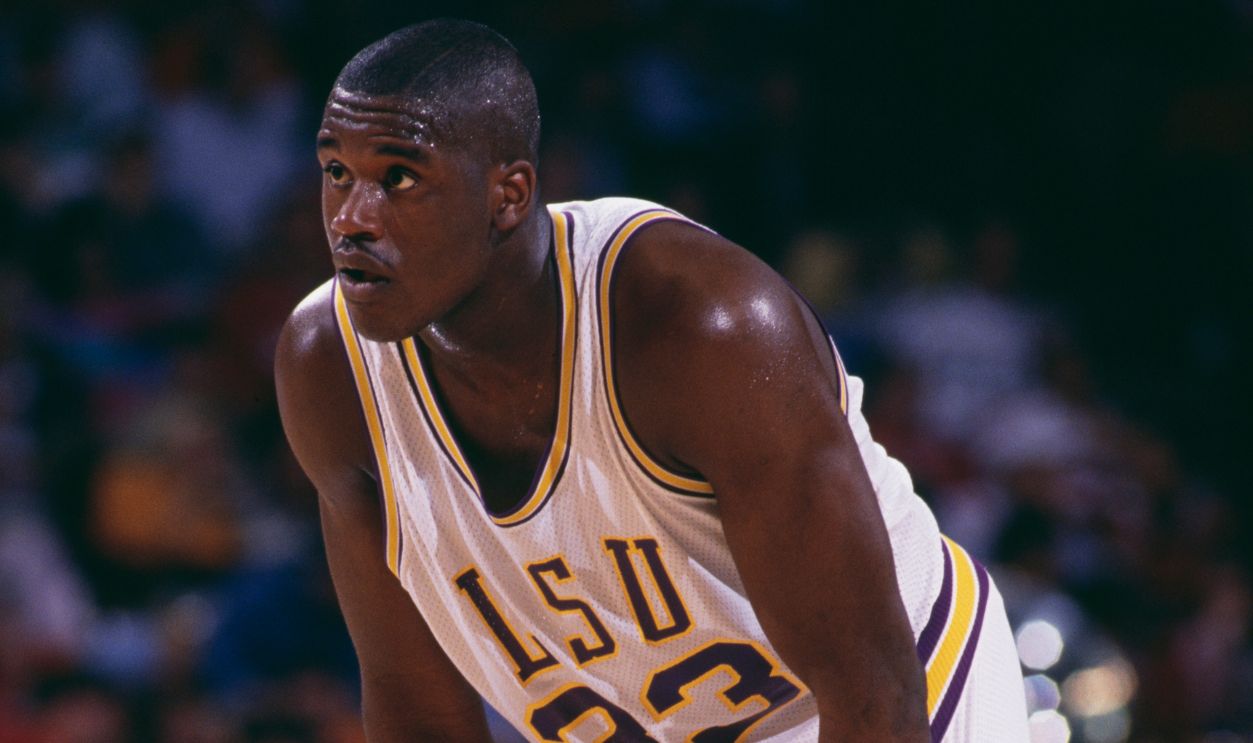 Staff, Getty Images
Staff, Getty Images
Grant Hill, Duke (1990-94)
Grant Hill was Duke's ultimate Swiss Army knife, helping lead the team to back-to-back national championships in 1991 and 1992. He could score, pass, defend, and throw down highlight-reel dunks—all while playing with calm, clutch confidence. By the time he graduated, Hill had played in three title games and was a two-time All-American. Duke fans think their team was a dynasty in the 90s, and Hill is a massive reason for that.
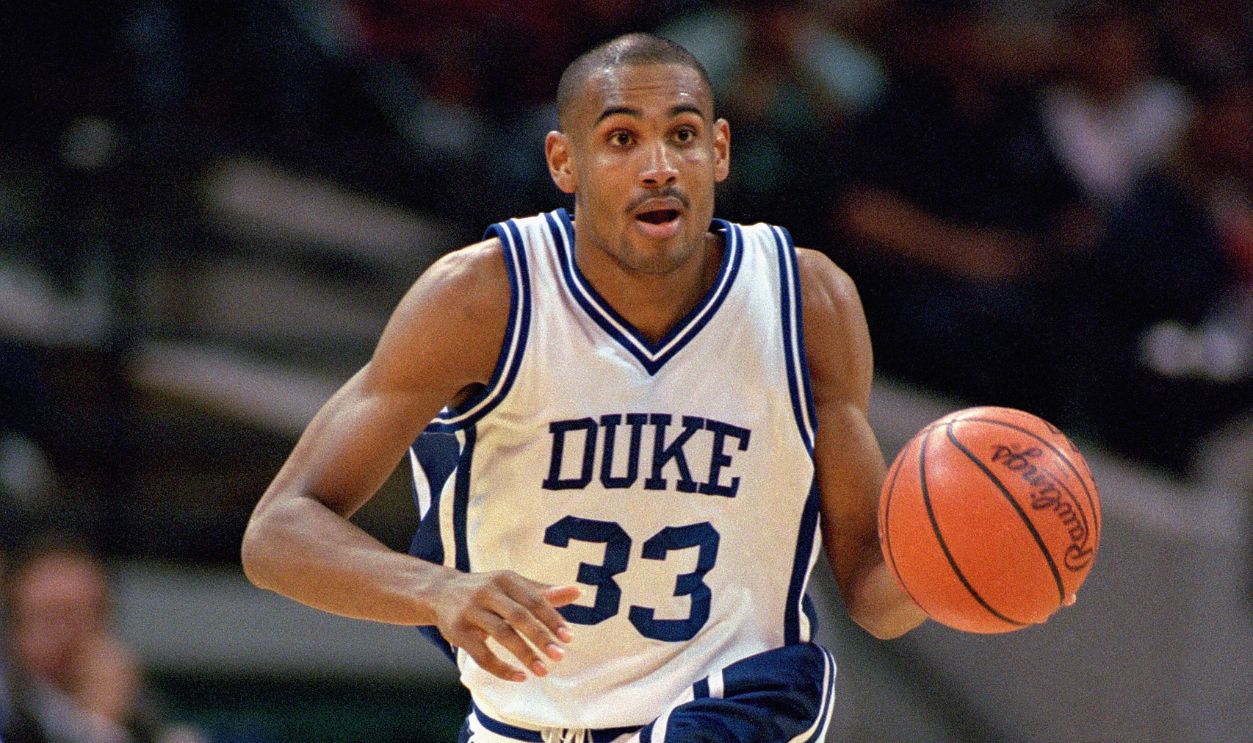 Doug Pensinger, Getty Images
Doug Pensinger, Getty Images
Bill Bradley, Princeton (1962-1965)
Bill Bradley wasn't just a basketball star—he was a Princeton scholar who dominated the Ivy League with both brains and buckets. He averaged an incredible 30.2 points per game and led Princeton to the Final Four in 1965, scoring 58 points in the third-place game, a record that still stands. A Rhodes Scholar and All-American, Bradley also won the 1965 NCAA Tournament's Most Outstanding Player award. His rare blend of intelligence, skill, and leadership made him one of the most unique figures in college basketball history.
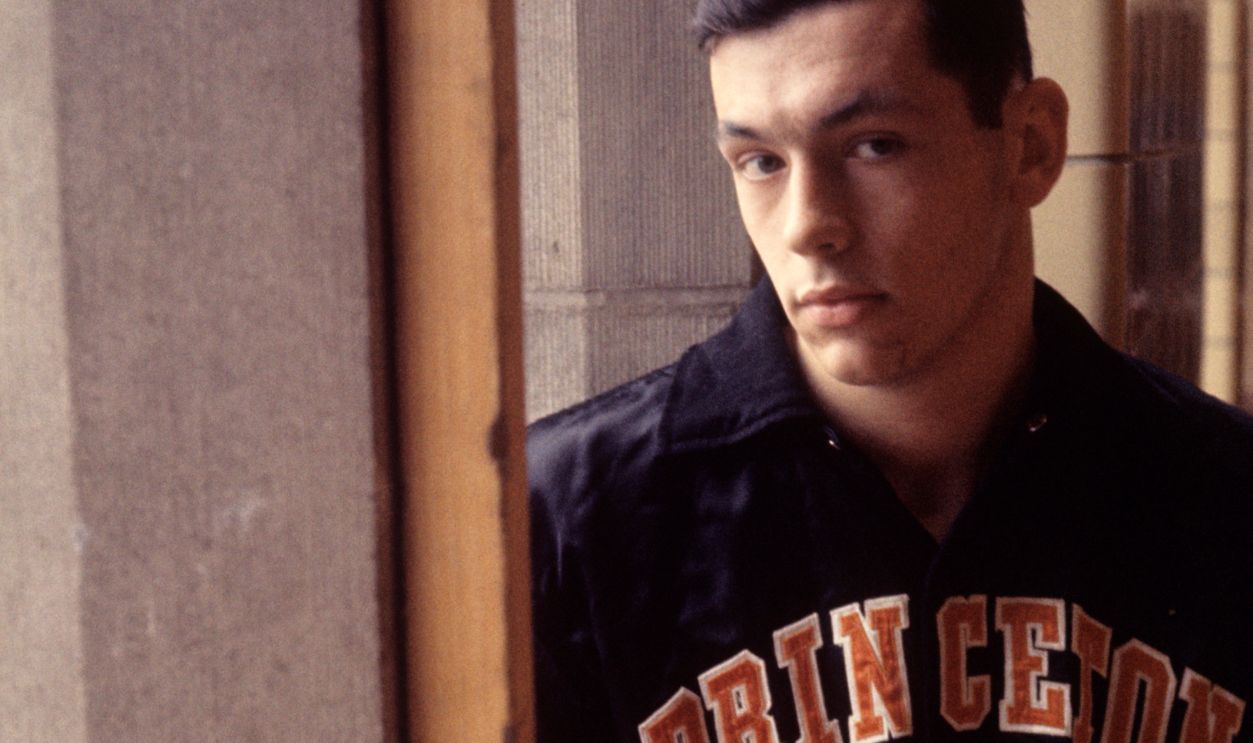 James Drake, Getty Images
James Drake, Getty Images
Ralph Sampson, Virginia (1979-83)
At 7'4", Ralph Sampson was a shot-blocking, rebound-snatching nightmare for opponents during his four years at Virginia. He won the Naismith Player of the Year award three times—an almost unmatched achievement in college basketball history. With his rare combination of size, agility, and skill, he turned the Cavaliers into a national powerhouse and led them to the Final Four in 1981. Sampson finished his college career with over 2,200 points and 1,500 rebounds, cementing his legacy as one of the most dominant big men ever to play.
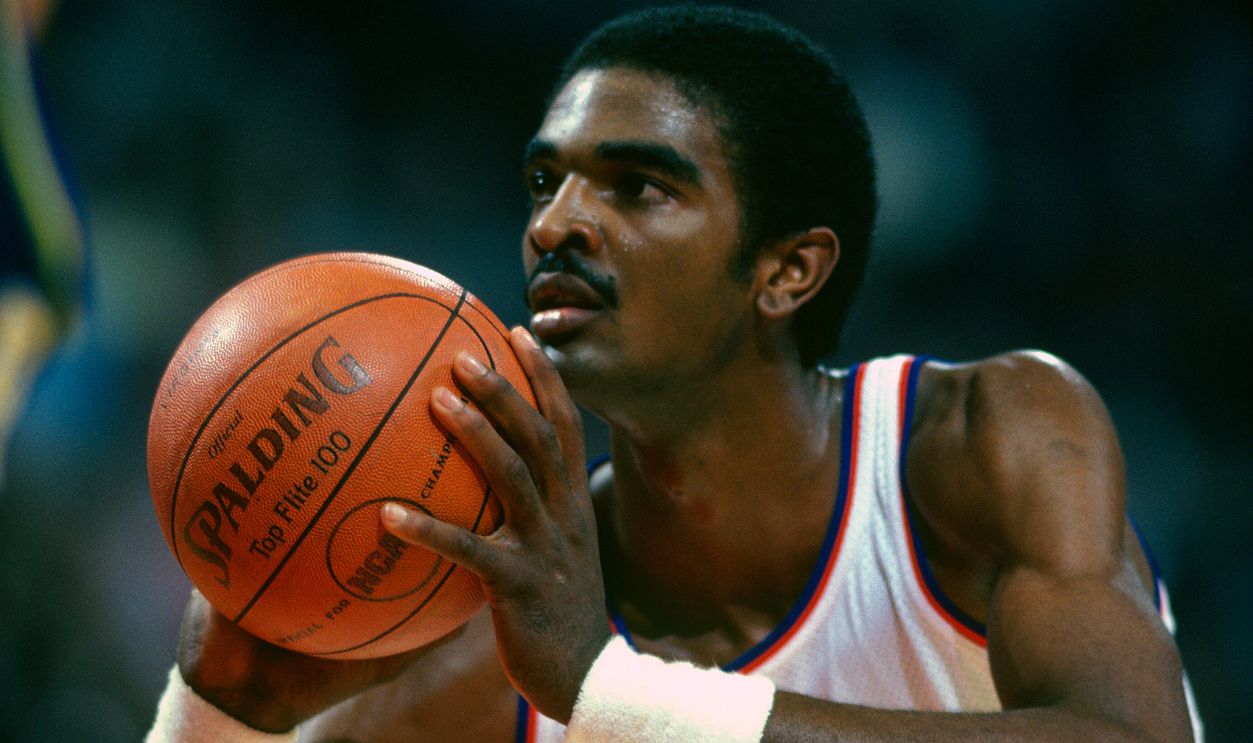 Focus On Sport, Getty Images
Focus On Sport, Getty Images
Danny Manning, Kansas (1984-88)
Danny Manning was a force at Kansas, finishing his college career as the school's all-time leader in points and rebounds. In 1988, he led the underdog Jayhawks to a national championship, earning the nickname "Danny and the Miracles". He dropped 31 points and 18 rebounds in the title game, sealing his place in March Madness history. That same year, he also won the Naismith and Wooden awards, capping off one of the most legendary individual runs the tournament—and college basketball—has ever seen.
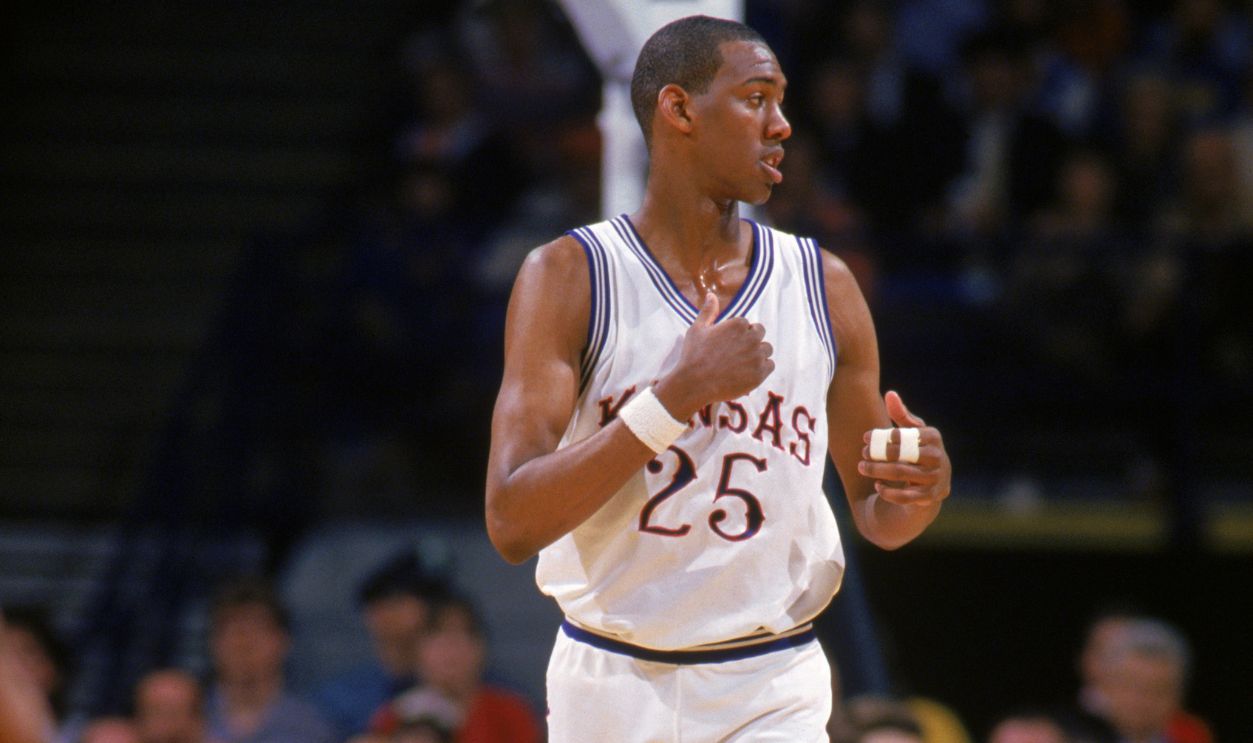 Staff, Getty Images
Staff, Getty Images
Kevin Durant, Texas (2006-07)
In his only season at Texas, Kevin Durant lit up the court with 25.8 points and 11.1 rebounds per game—pure dominance in motion. He became the first freshman to win the Naismith College Player of the Year award. His silky jumper, crazy wingspan, and all-around game made him a matchup nightmare. If you ever thought first-year students just blended in, not only did Durant come in, but he also took over.
 Jim Redman, Getty Images
Jim Redman, Getty Images
Sidney Wicks, UCLA (1969-1971)
Sidney Wicks was a key piece of UCLA's dynasty, helping the Bruins win three straight national championships under John Wooden. He averaged 20.5 points and 12.8 rebounds over his final two seasons and was named the NCAA Tournament's Most Outstanding Player in 1970. Wicks combined strength, skill, and basketball smarts to dominate both ends of the floor. Do you think UCLA's glory years were all about Kareem Abdul-Jabbar and Bill Walton? Don't sleep on Sidney Wicks—he was a Bruin beast.
 NCAA Photos, Getty Images
NCAA Photos, Getty Images
Pete Maravich, LSU (1968-1970)
Pete Maravich, AKA "Pistol Pete," was a walking highlight reel at LSU, averaging an insane 44.2 points per game—without a three-point line. His flashy passes, deep shots, and slick handles made him a showman and a scoring legend. He still holds the NCAA career scoring record with 3,667 points in just three seasons, a mark that has stood for decades. Maravich was also a three-time national scoring champion and a unanimous All-American each year, proving he did it all long before it became the norm.
 Rich Clarkson, Getty Images
Rich Clarkson, Getty Images
Bill Russell, San Francisco (1953-1956)
Before becoming an NBA legend, Bill Russell dominated college basketball at the University of San Francisco, leading the Dons to back-to-back national championships in 1955 and 1956. He was a defensive game-changer, grabbing rebounds and swatting shots like no one had seen. With a 55-game win streak and a legacy built on teamwork and tenacity, he redefined what it meant to be a winner. Russell made a career out of proving that defense wins championships.
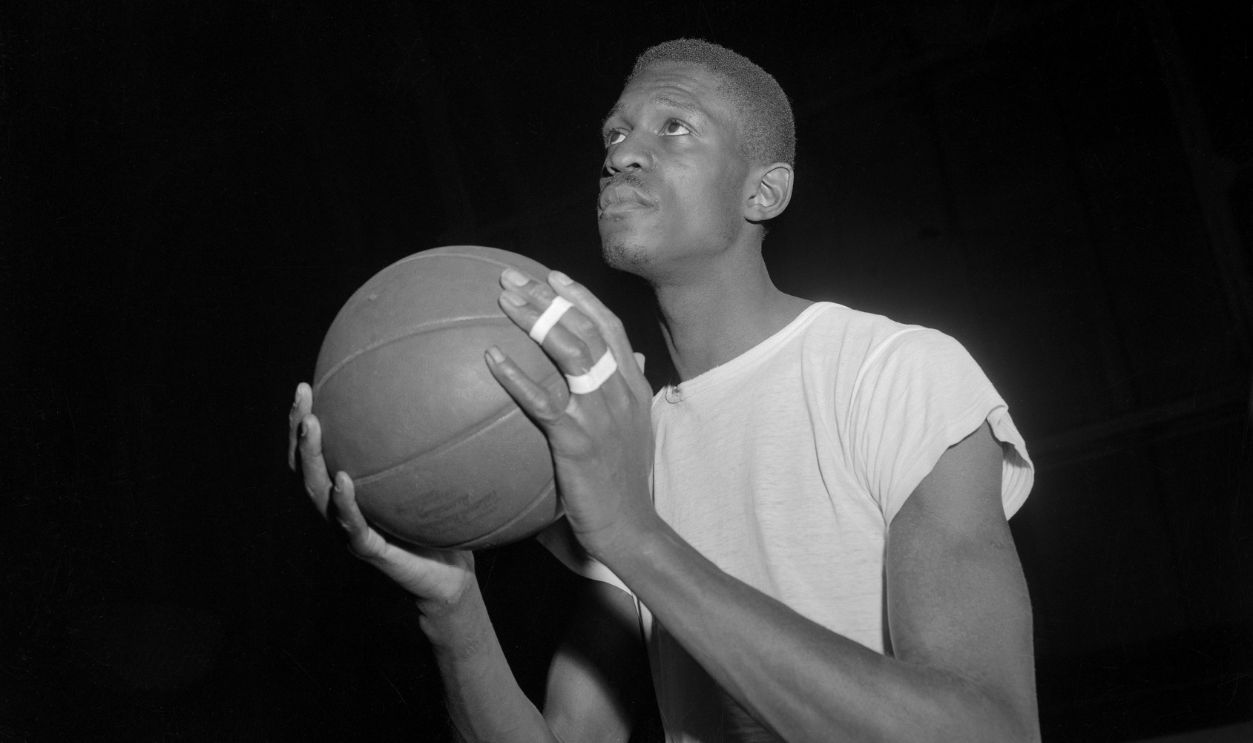 Bettmann, Getty Images
Bettmann, Getty Images
Elvin Hayes, Houston (1966-1968)
Elvin Hayes was a powerhouse at the University of Houston, averaging 31 points and 17.2 rebounds per game over his college career. He famously dropped 39 points and 15 rebounds in the 1968 "Game of the Century" against UCLA, snapping their 47-game win streak in front of over 52,000 fans. That game helped launch college basketball into the national spotlight. Think one player can't change the game? Elvin Hayes did—literally.
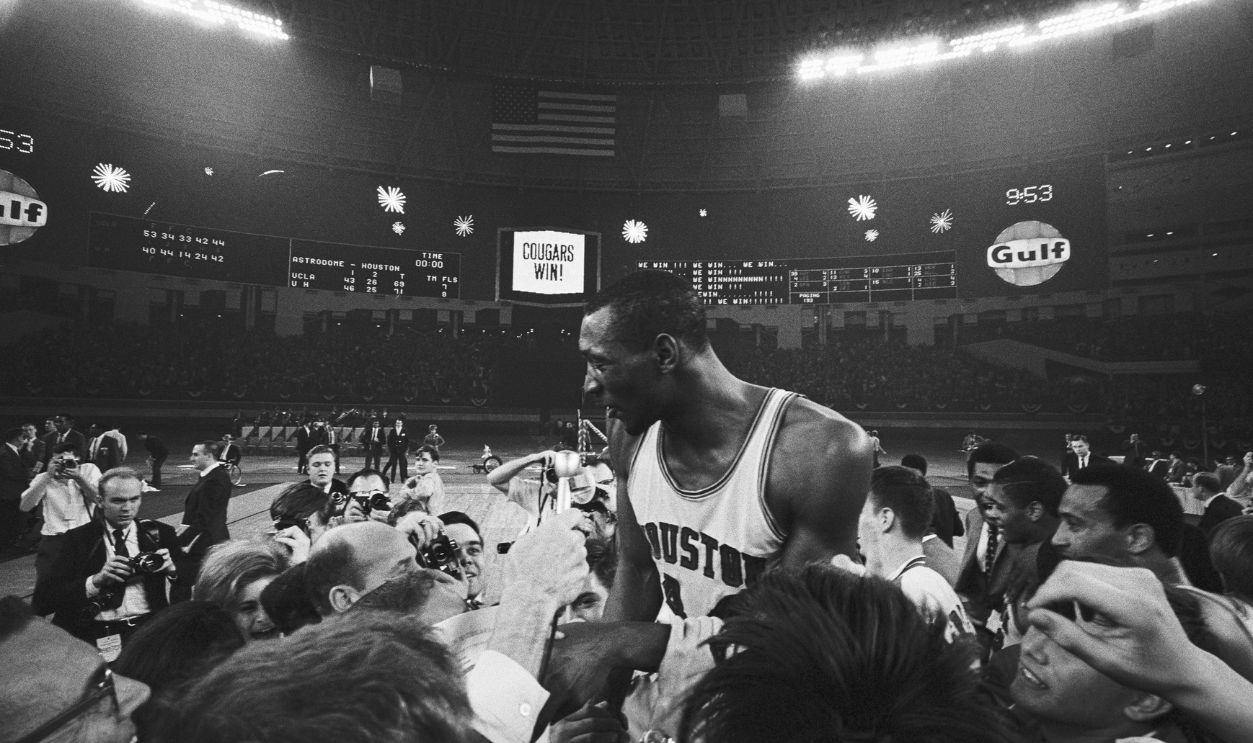 Bettmann, Getty Images
Bettmann, Getty Images
Jerry Lucas, Ohio State (1960-1962)
Jerry Lucas was a dominant force at Ohio State, leading the Buckeyes to three straight NCAA championship games and winning the title in 1960. He averaged 24.3 points and 17.2 rebounds per game while maintaining a near-perfect academic record. Known for his basketball IQ and rebounding instincts, he was a true student of the game, on and off the court. Think brains and basketball don't mix? Lucas proved you can have both in legendary fashion.
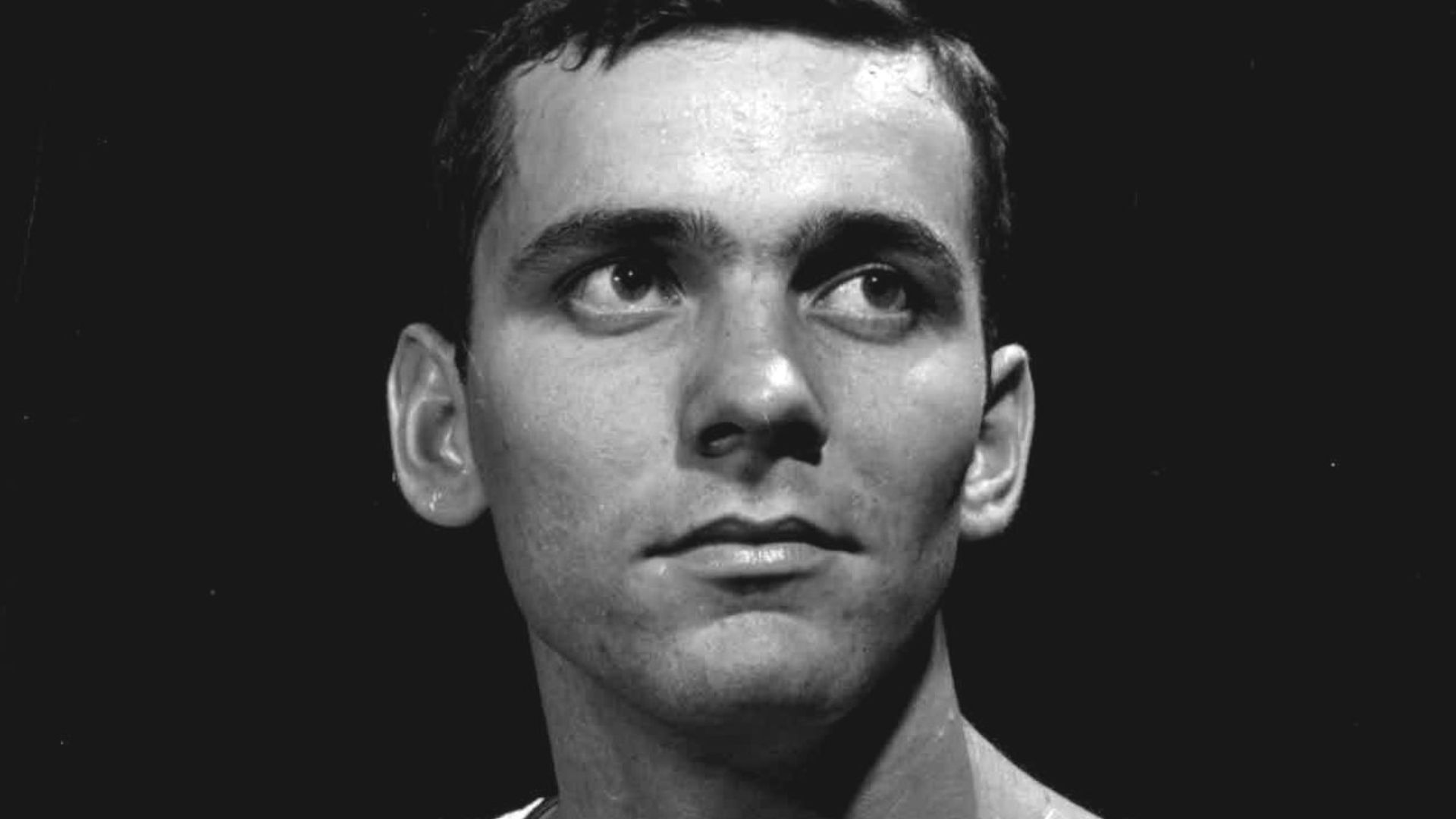 Unknown author, Wikimedia Commons
Unknown author, Wikimedia Commons
Christian Laettner, Duke (1988-92)
Christian Laettner wasn’t just a star at Duke—he was the star of college basketball’s biggest stage, playing in four straight Final Fours and winning two national titles. He hit one of the most iconic shots in NCAA history against Kentucky in the 1992 Elite Eight, finishing the game with a perfect 10-for-10 from the field and the line. Love or hate him, he’s the only player to start in four consecutive title games.
 Jonathan Daniel, Getty Images
Jonathan Daniel, Getty Images
Jerry West, West Virginia (1957-1960)
Before he became the NBA’s iconic silhouette, Jerry West was lighting it up at West Virginia, averaging 24.8 points and 13.3 rebounds per game. In 1959, he led the Mountaineers to the NCAA championship game, scoring 160 points in just five tournament games. His deadly jump shot and clutch play made him a legend long before the pros. Jerry West earned his “The Logo” status in college, long before the NBA made him an icon.
 Unknown author, Wikimedia Commons
Unknown author, Wikimedia Commons
David Thompson, North Carolina State (1973-1975)
David Thompson was a human highlight reel at NC State, known for his jaw-dropping vertical leap and smooth scoring touch. He led the Wolfpack to a 30-1 season and their first national championship in 1974, averaging 26.8 points per game that year. Opponents couldn’t stop him—and neither could gravity. Thompson was soaring through the air long before high-flyers became the norm, even in an era when dunking wasn’t allowed.
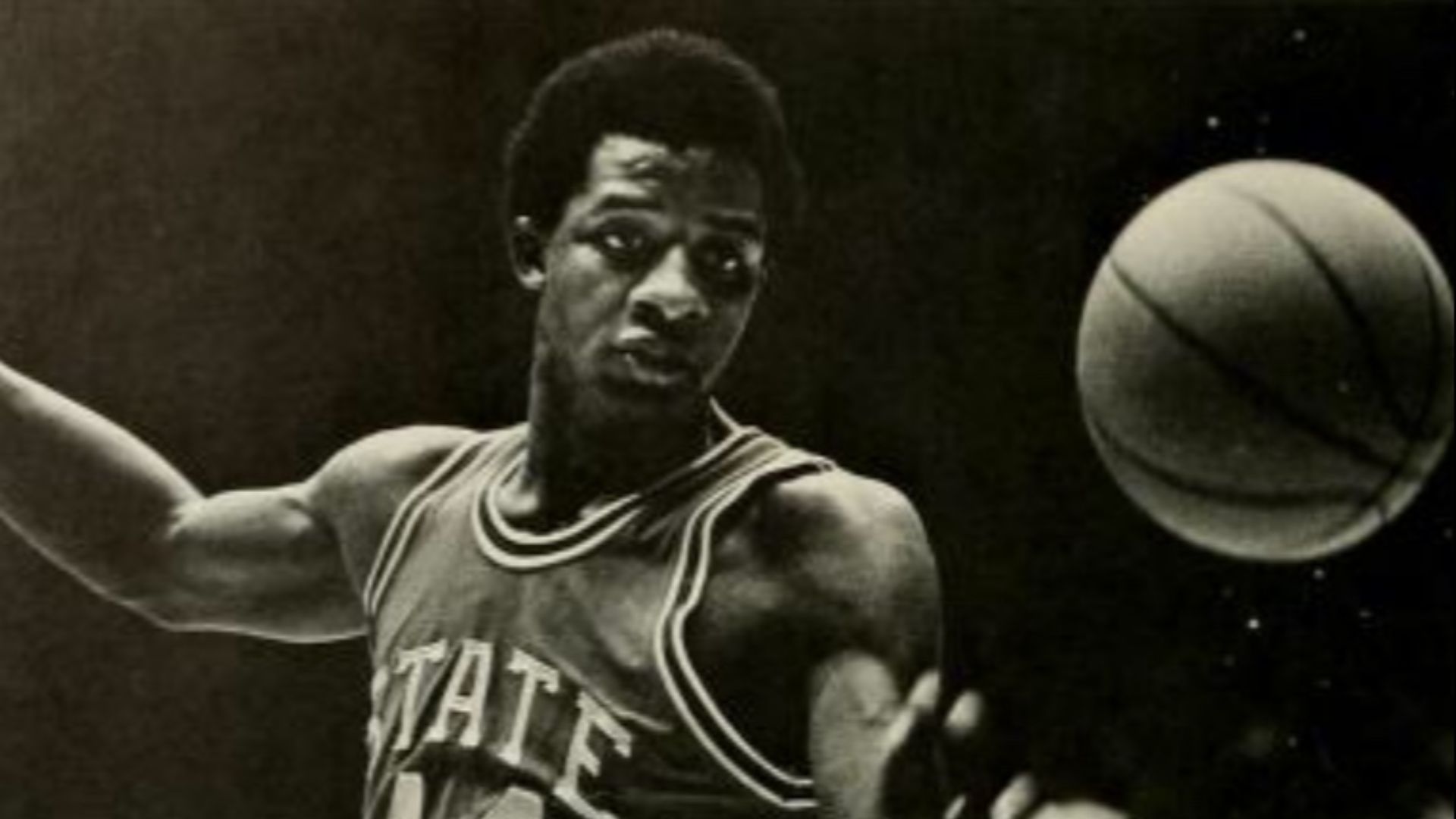 Unknown North Carolina State University, Wikimedia Commons
Unknown North Carolina State University, Wikimedia Commons
Artis Gilmore, Jacksonville (1969-71)
Artis Gilmore was a dominant force at Jacksonville University, averaging an unbelievable 24.3 points and 22.7 rebounds per game over two seasons. He led the Dolphins to the national championship game in 1970, taking tiny Jacksonville on a Cinderella run that shocked the nation. He was nearly unstoppable at 7’2” with a soft touch and a powerful presence in the paint. Gilmore proved that big-time stars can rise from even the smallest schools, loud and clear.
 Mark Bruner, CC BY-SA 3.0, Wikimedia Commons
Mark Bruner, CC BY-SA 3.0, Wikimedia Commons
Elgin Baylor, Idaho, And Seattle (1956-1958)
Elgin Baylor started at Idaho but made his mark at Seattle University, averaging 31.3 points and 19.5 rebounds per game. In 1958, he led Seattle to the NCAA championship game—an incredible feat for a small program. His athleticism and above-the-rim style were ahead of his time, setting the stage for future basketball greats. Baylor was also named the tournament's Most Outstanding Player that year, a testament to his impact. Before Jordan brought flair to the game, Baylor was already dazzling crowds with his high-flying, dynamic play.
 Star Tribune, Getty Images
Star Tribune, Getty Images
Zion Williamson, Duke (2018-19)
Zion Williamson took college basketball by storm in his one season at Duke, averaging 22.6 points, 8.9 rebounds, and enough jaw-dropping dunks to fill a mixtape. He was a viral sensation and a matchup nightmare, blending 285 pounds of power with unreal agility. Zion won National Player of the Year and led Duke to the Elite Eight—all with a smile and a headband. Think hype can’t live up to reality? Zion shattered that idea in one season flat.
 Keenan Hairston, CC BY-SA 2.0, Wikimedia Commons
Keenan Hairston, CC BY-SA 2.0, Wikimedia Commons
Anthony Davis, Kentucky (2011-12)
Anthony Davis became a defensive legend in just one season at Kentucky, averaging 14.2 points, 10.4 rebounds, and a ridiculous 4.7 blocks per game. He led the Wildcats to a national championship in 2012, earning Most Outstanding Player honors despite scoring just six points in the title game—his defense was that dominant. Davis swept all the major awards and was the clear-cut No 1 pick in the NBA Draft. He proved that defense alone can carry a team to a championship.
 Chris Graythen, Getty Images
Chris Graythen, Getty Images
Chris Mullin, St John's (1982-85)
Chris Mullin was a smooth-shooting lefty who lit up the Big East for St John's, averaging 19.5 points per game over his college career. He led the Red Storm to the Final Four in 1985 and won Big East Player of the Year thrice. Known for his deadly jumper and high basketball IQ, Mullin was as reliable as they come. While flash often steals the spotlight, Mullin showed that fundamentals win games—and hearts.
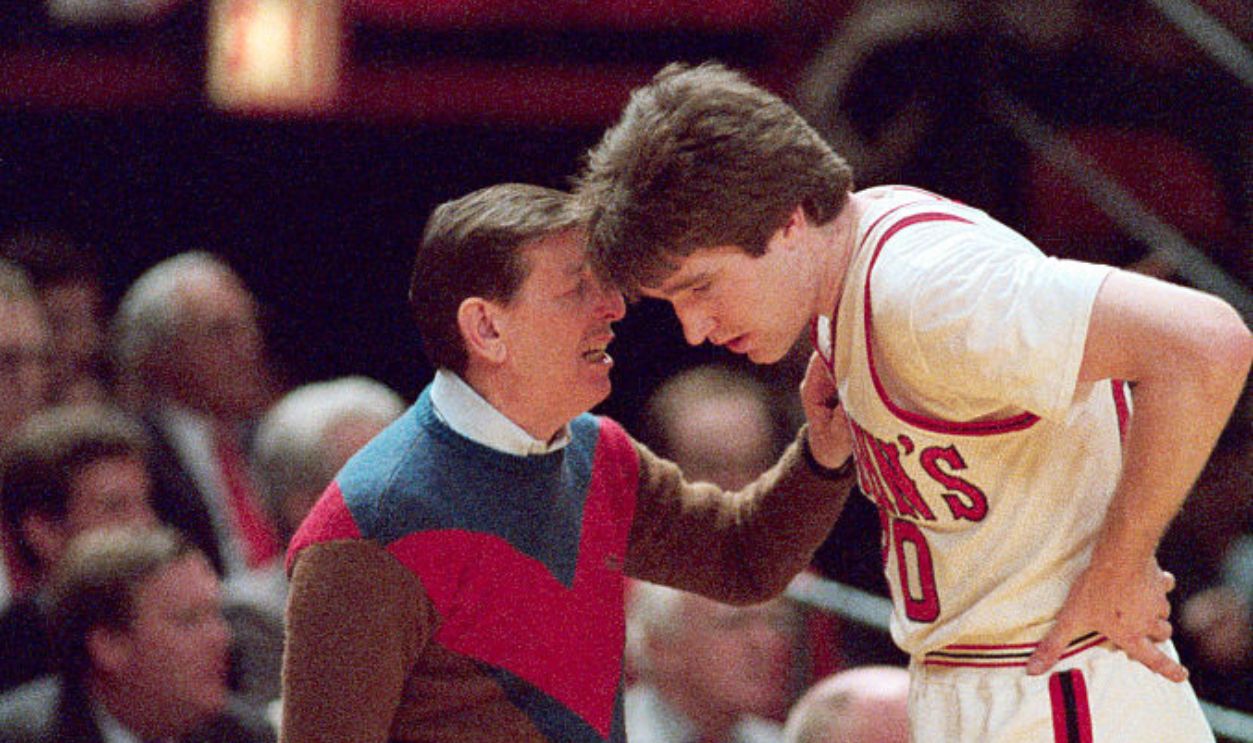 Bettmann, Getty Images
Bettmann, Getty Images
Tom Gola, La Salle (1951-55)
Tom Gola did it all at La Salle, becoming the only player in college basketball history with over 2,000 points and 2,000 rebounds. He led the Explorers to the 1954 national championship and returned to the title game the following year. Gola was a do-it-all force—scoring, rebounding, passing, and defending like a one-person army. Before versatility became a buzzword, Gola was already mastering every aspect of the game in the 50s.
 Bettmann, Getty Images
Bettmann, Getty Images
Glen Rice, Michigan (1986- 89)
Glen Rice lit up college basketball at Michigan, finishing as the all-time leading scorer with 2,442 points. In the 1989 NCAA Tournament, he caught fire, averaging over 30 points per game and leading the Wolverines to their first national championship. His silky smooth jumper and clutch performances earned him Most Outstanding Player honors. Rice turned March into his highlight reel, showing how unstoppable an actual hot streak can be.
 Focus On Sport, Getty Images
Focus On Sport, Getty Images
Hakeem Olajuwon, Houston (1982-1984)
Hakeem Olajuwon, known as "The Dream," anchored the Houston Cougars during their legendary Phi Slama Jama era. He led the team to three straight Final Fours and two national championship games, dominating with his footwork, defense, and rim-rattling dunks. In 1983, he was named the tournament's Most Outstanding Player, even though Houston didn't win the title. As a big man, Olajuwon brought grace to the game, turning post-play into an art form.
 Focus on Sport, Getty Images
Focus on Sport, Getty Images
John Wooden, Purdue (1929-1932)
Long before he became the greatest coach in college basketball history, John Wooden was a star guard at Purdue. He led the Boilermakers to a national championship in 1932 and was named College Player of the Year. Known for his hustle, leadership, and sharp fundamentals, he earned the nickname "The Indiana Rubber Man" for his fearless style of play. Wooden built his legacy on the court first, long before he made history on the sidelines.
 Unknown Purdue University, Wikimedia Commons
Unknown Purdue University, Wikimedia Commons
Calvin Murphy, Niagara (1967-1970)
At just 5'9", Calvin Murphy lit up college basketball at Niagara, averaging an unbelievable 33.1 points per game over his three-year career. He was a lightning-fast scorer with a killer jumper and fearless drive, regularly torching defenders twice his size. Murphy once dropped 68 points in a single game—yes, 68. He proved that greatness isn't measured in inches, making a significant impact with a small frame.
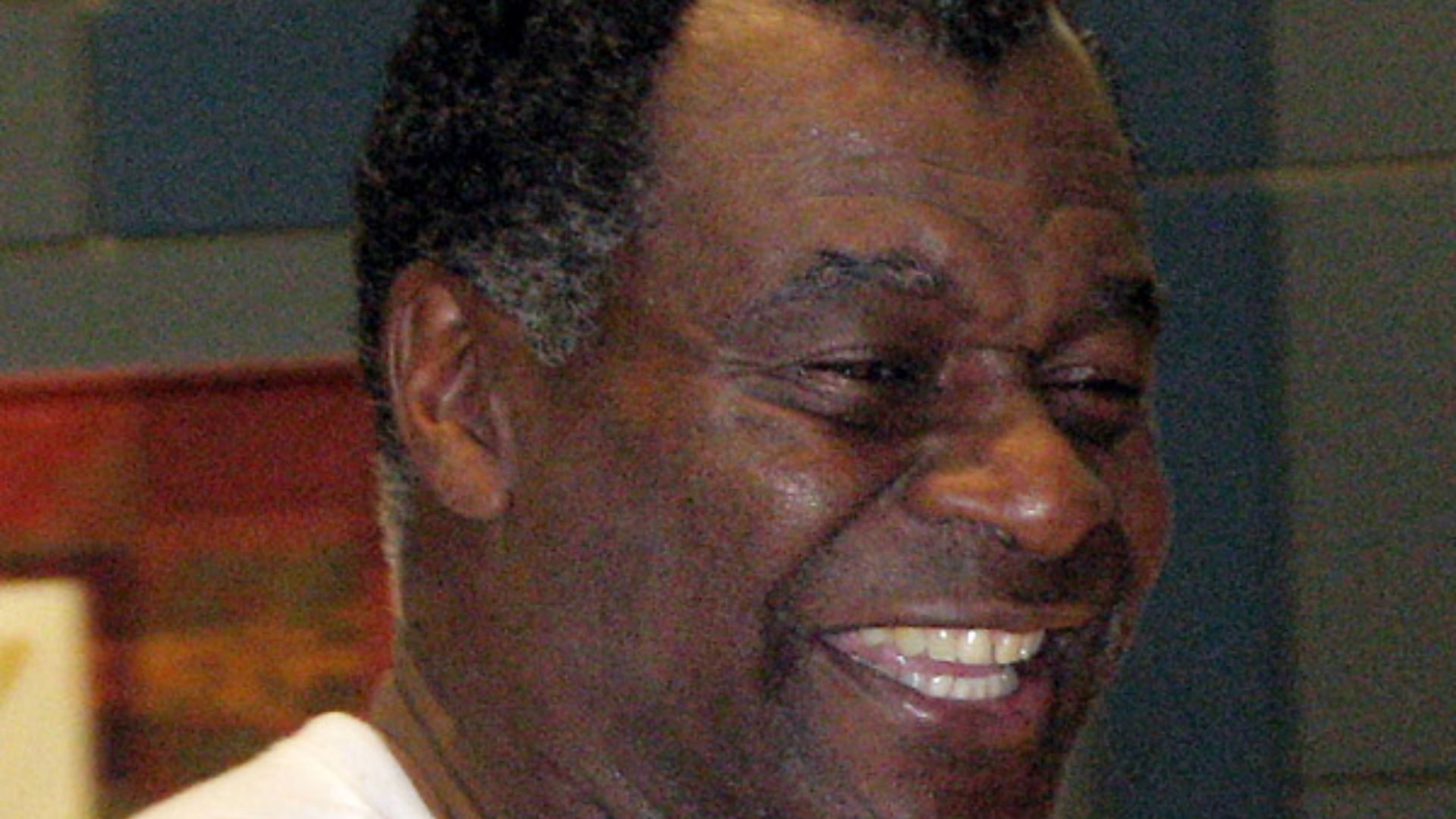 callipygian2005, CC BY 3.0, Wikimedia Commons
callipygian2005, CC BY 3.0, Wikimedia Commons
David Robinson, Navy (1984-1987)
David Robinson went from a 6'7" freshman to a 7'1" force of nature at Navy, earning the nickname "The Admiral" along the way. By his senior year, he averaged 28.2 points, 11.8 rebounds, and 4.5 blocks per game, winning both the Naismith and Wooden awards. He led Navy to the Elite Eight in 1986, putting the program on the national map. Robinson proved that military schools can produce megastars—literally and figuratively, standing tall.
 Focus On Sport, Getty Images
Focus On Sport, Getty Images
Bob Kurland, Oklahoma State (1943-1946)
Bob Kurland was college basketball's first towering presence, standing 7 feet tall and leading Oklahoma State (then Oklahoma A&M) to back-to-back national championships in 1945 and 1946. He was such a dominant shot-blocker that his play helped create the goaltending rule. Kurland redefined what a big man could be in the game with his size and skill. He was also a three-time All-American and twice named the Helms Foundation Player of the Year, cementing his role as a pioneer of post-play and shot-blocking in college basketball.
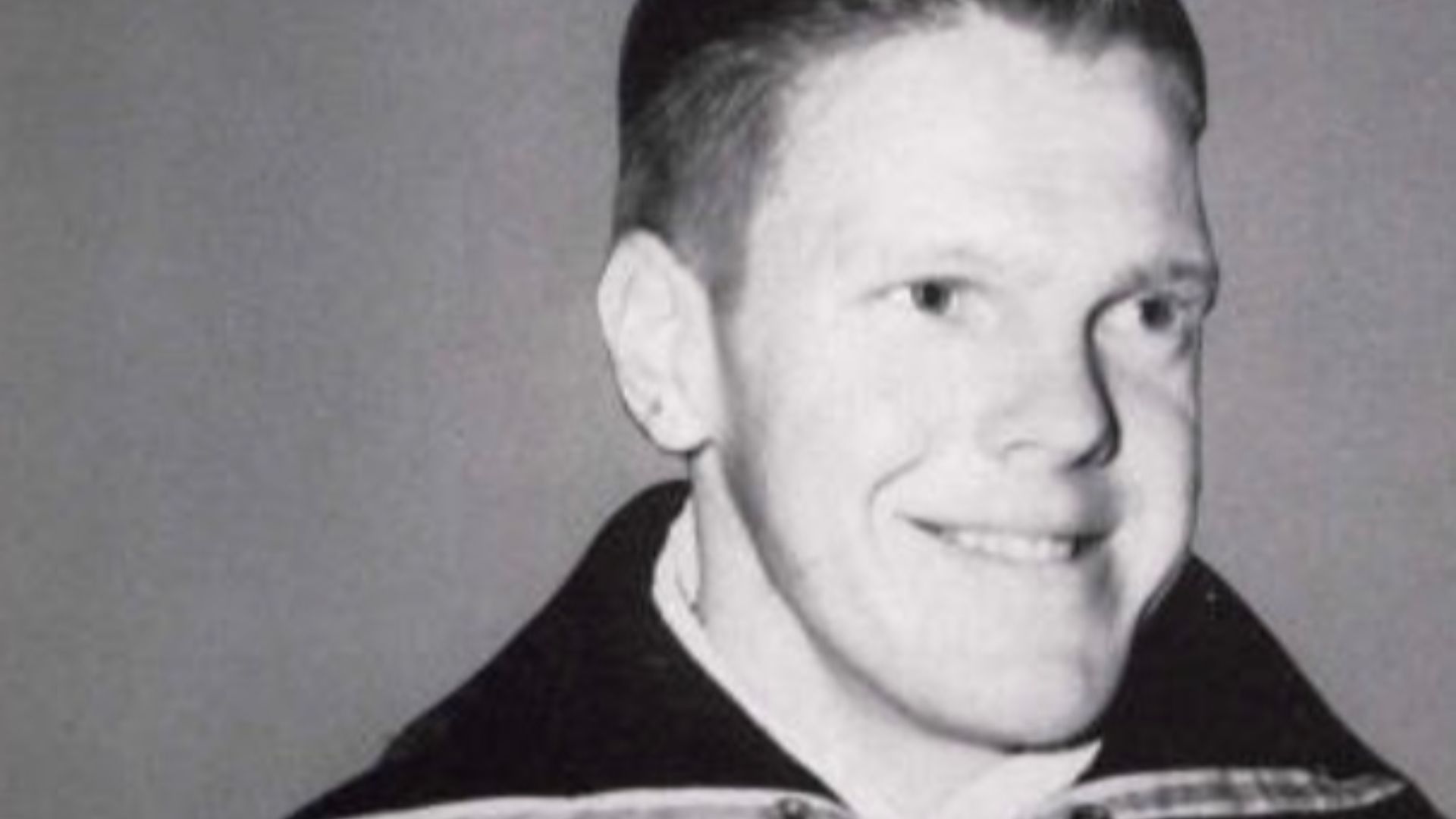 Unknown Oklahoma A&M University, Wikimedia Commons
Unknown Oklahoma A&M University, Wikimedia Commons
George Mikan, DePaul (1943-1946)
George Mikan was a revolutionary force at DePaul, dominating the college game with his size, skill, and soft touch around the basket. He led the nation in scoring and took DePaul to the 1945 NIT title when the NIT was the premier tournament. Mikan's dominance was so overwhelming that it led to rule changes, like widening the lane, to keep the game competitive. The era of the dominant big man began with Mikan, who made his mark in college long before changing to the NBA.
 Bettmann, Getty Images
Bettmann, Getty Images
Len Bias, Maryland (1983-1986)
Len Bias was a sensational talent at Maryland. He averaged 23.2 points and seven rebounds in his senior year, showcasing a deadly mid-range game and explosive athleticism. A two-time ACC Player of the Year, he was widely considered one of the most NBA-ready prospects of his era. Drafted second overall in 1986, his tragic death just two days later stunned the sports world. Bias remains a powerful and heartbreaking reminder that greatness is also measured by the potential left unrealized.
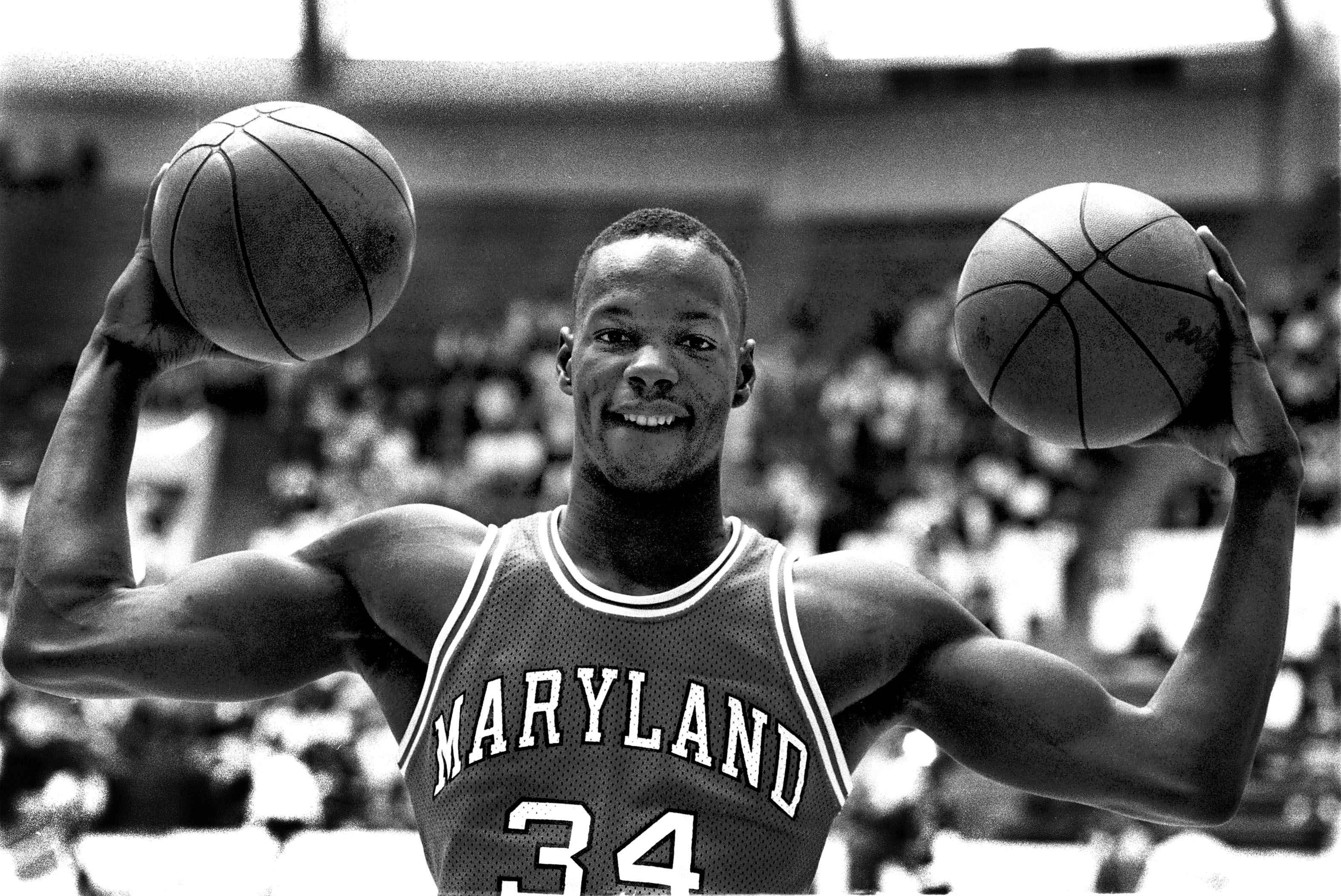 The Washington Post, Getty Images
The Washington Post, Getty Images
Rick Barry, Miami (1963-1965)
Rick Barry was a scoring machine at the University of Miami, leading the nation with 37.4 points per game in his senior season. He did it all with an unstoppable offensive arsenal and a fearless attitude, making him a force on the court. Barry still holds multiple school records and put Miami basketball on the map long before it became a powerhouse. Barry didn't learn confidence and killer instinct—he brought both with him from the start.
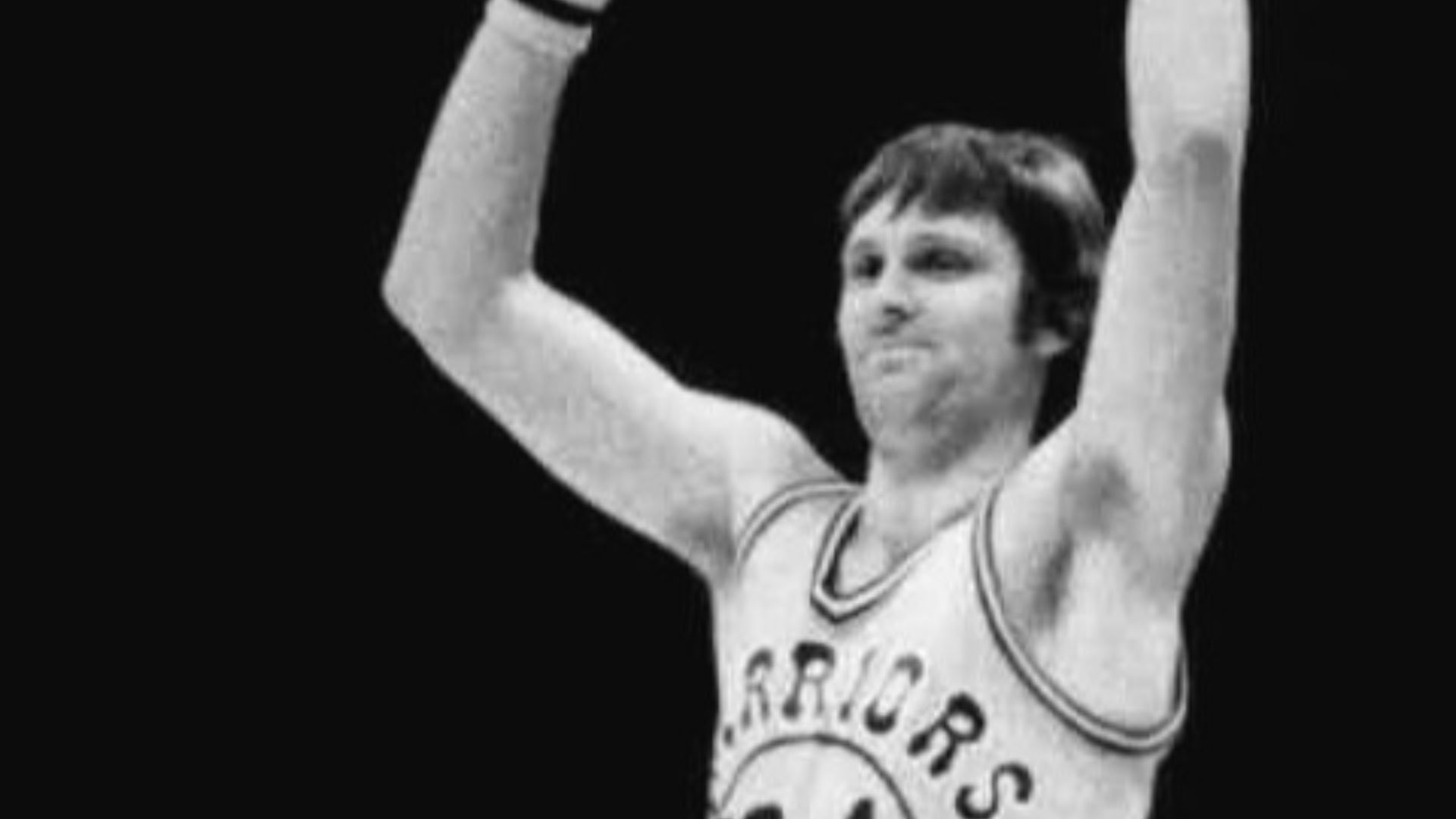 Russ Reed, Wikimedia Commons
Russ Reed, Wikimedia Commons
Larry Johnson, UNLV (1990-1991)
Larry Johnson was the heart of the high-flying, hard-hitting UNLV Runnin' Rebels, helping them capture the 1990 national championship in dominating fashion. Over two seasons, he averaged 21.6 points and 11.2 rebounds per game, earning both the Naismith and Wooden awards in his senior year. LJ transformed Vegas basketball into must-watch TV with a rare blend of power, finesse, and attitude. Behind all the flash, Johnson backed it up with toughness, leadership, and championship hardware, becoming a defining force of his era.
You May Also Like:
Basketball's Biggest Personalities
The Biggest Net-Busting Trades In NBA History
 Ken Levine, Getty Images
Ken Levine, Getty Images
Sources: 1, 2, 3